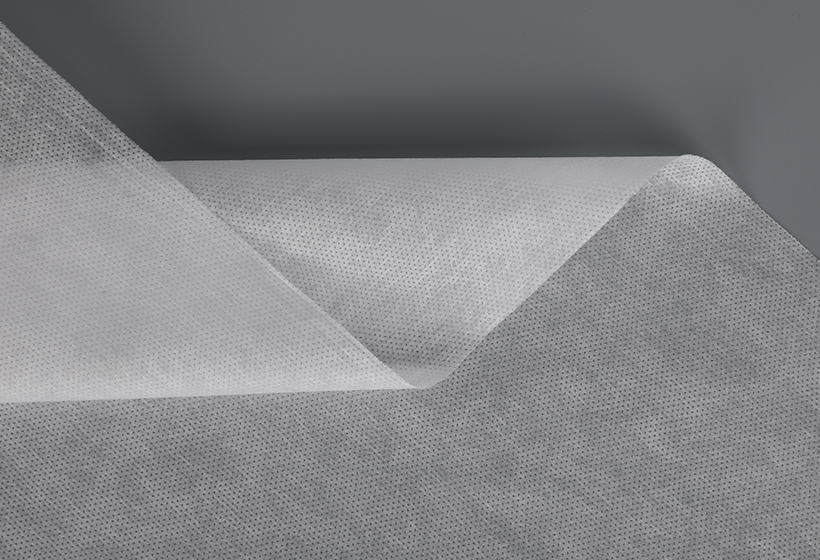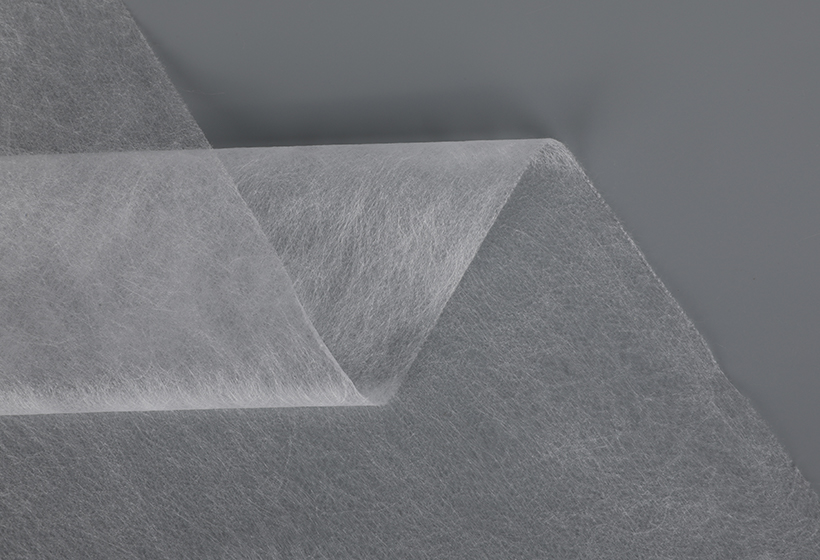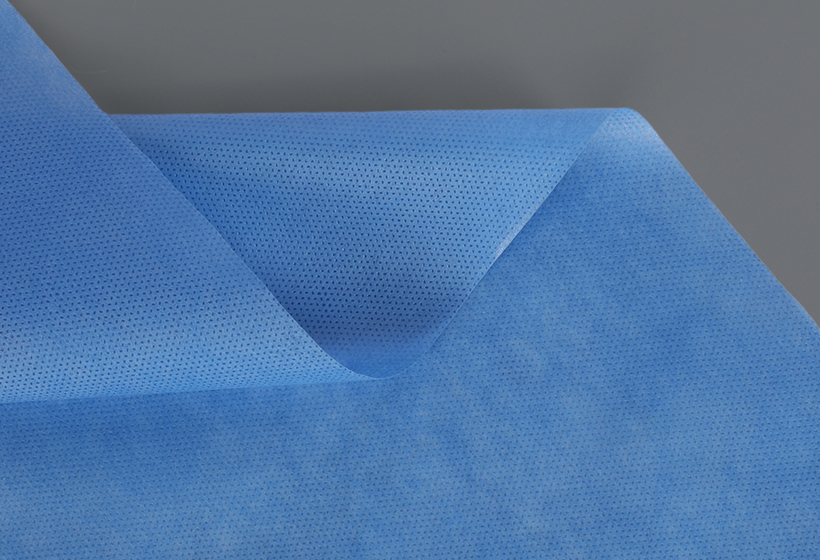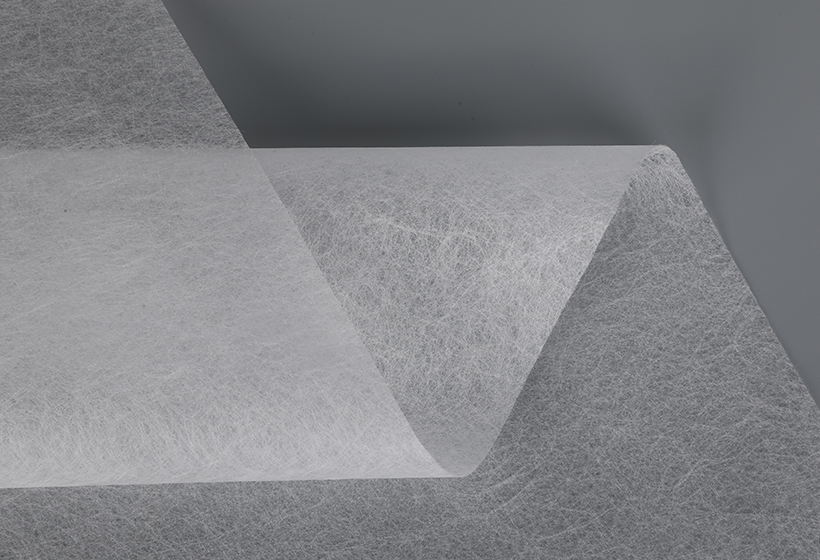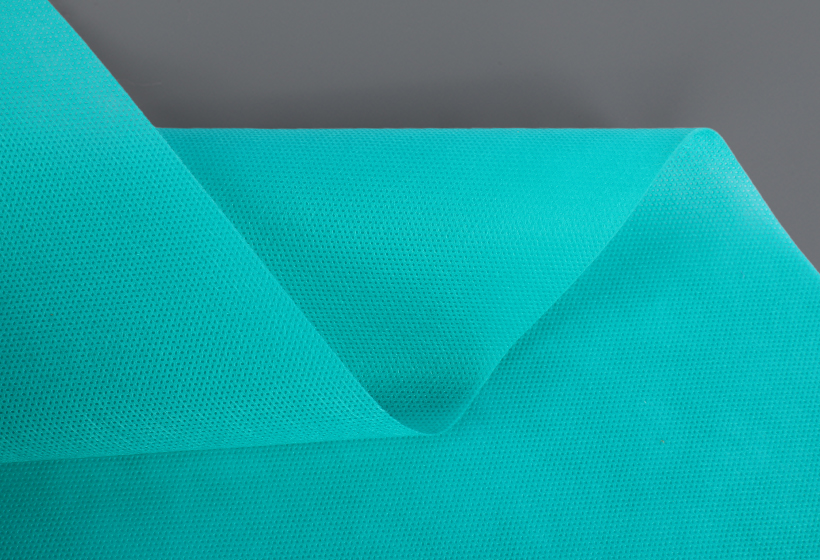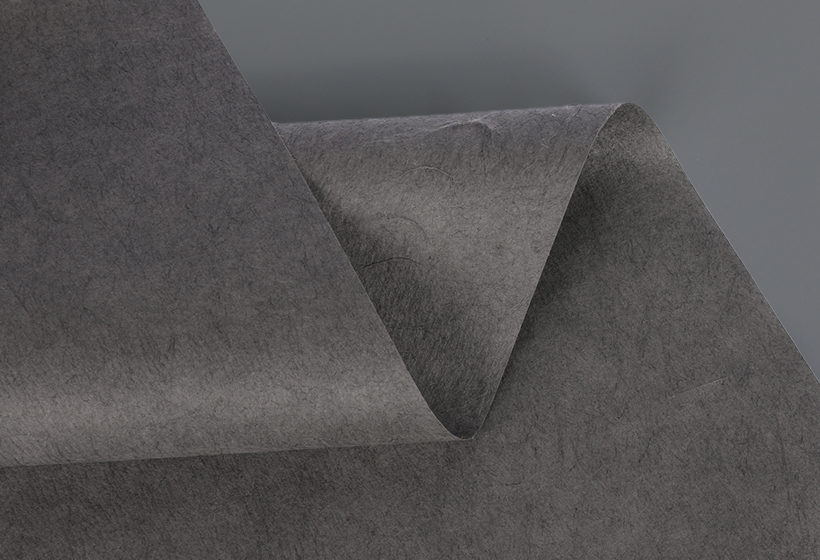The core and sheath construction of bi-component nonwoven fabric enables it to achieve both flexibility and strength. This nonwoven fabric is especially useful when one characteristic is more important than another. The sheath contributes to the flexibility of the material while the core adds strength. Depending on the application, the fiber may be made of either consolidated or loose-cut staple fibers. The different resin properties of the fabric also contribute to its performance.
The bi-component nonwoven of the present invention is a continuous nonwoven fabric. It can be processed into a non-continuous sheet. It has a patented geometry, which is not flat and straight. The irregular surface provides a physical anchoring for the macrofibers. This provides an additional mechanism for bonding the fibers to each other. This is particularly advantageous when the bi-component nonwoven is used for food packaging.
The nonwoven of the present invention can be manufactured by melt blowing or spin bonding. The nonwoven can be made of bi-component polymeric macrofibers in combination with reinforcing metal fibers. The process can produce both a continuous bi-component nonwoven fabric sheet and a non-continuous bi-component nonwoven fabric sandwich. This fabric is particularly useful when it is used for a soft or flexible material.
The bi-component nonwoven of the present invention is a continuous nonwoven fabric that can be processed into a continuous or non-continuous fabric with optimum dimensions. The geometric features of the bi-component nonwoven provide an irregular surface which offers a physical anchoring mechanism for macrofibers. The nonwoven can also be incorporated into a sandwich of polymer and non-woven fabric. Therefore, this type of fabric is more flexible than traditional materials.
The bi-component nonwoven of the present invention can be formed by melt blowing or spin bonding. It can be a continuous nonwoven sheet with optimum dimensions or a non-continuous nonwoven fabric with optimum dimensions. Further, a non-continuous bi-component textile can be converted into a sandwich of polymer and bi-component macrofibers. The present invention relates to two-component fibers.
The bi-component nonwoven of the present invention comprises continuous polymeric macrofibers. It can also be made of non-continuous nonwovens. Its non-linear geometry allows physical anchoring of macrofibers. Further, the non-continuous structure is not only more dimensionally stable but has superior strength. The use of a non-continuous nonwoven fabric is expected to increase in the market.
This type of nonwoven fabric was created by combining two components. The outer component is a mixture of two polymers. The core is made of EVOH. It has a melting point of 157 deg C. The outer part of the nonwoven has an MP of 160degC. The core and sheath fibres have the same weight distribution. It is a composite material of both synthetic and natural polymers.
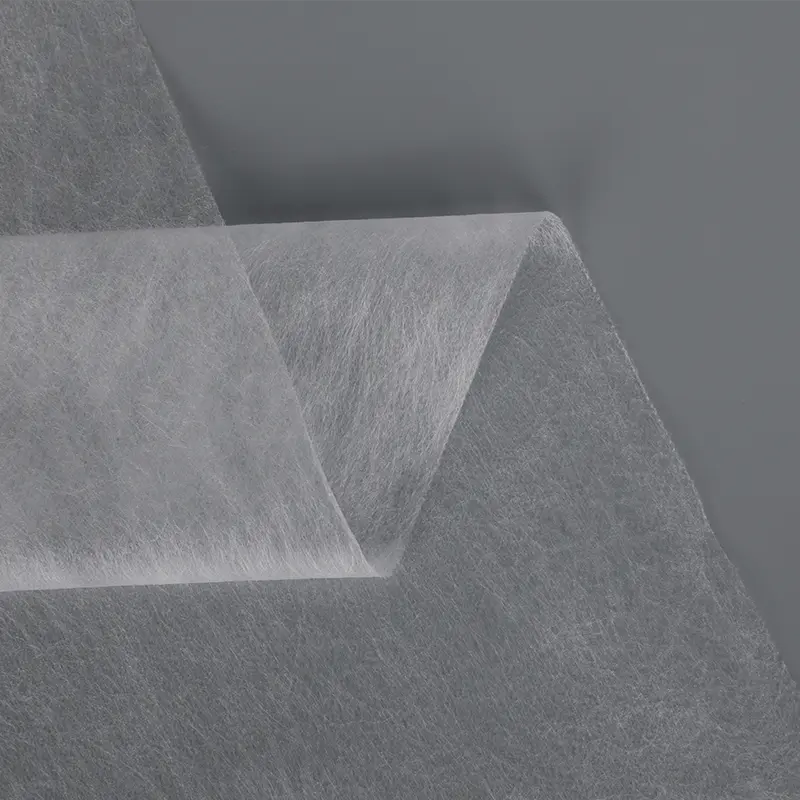
Features: Bi-Component Spunbond Non-Woven Fabric Is Made From PE And PP, Low-Melting PE Material For The Sheath, And PP Material For The Core. Compared With Traditional Single-Component Spunbond Fabric, The Breakthrough Application Of Bi-Component Spun Web Reinforcement Ensures Better Thermal Bonding Strength. With Hydrophilic Treatment, Bi-Component Has Good Hydrophilic Ability And Permeability, Smooth And Comfortable Like Silk.
Special Treatments: Hydrophilic, Anti-UV, Super-Soft
Applications:
Hygiene: Baby Diaper Bottom Sheet And Waist, Food Packaging, Etc.
Specification:
|
Weight
|
10gsm -100gsm
|
|
Width
|
Max 1.6m
|
|
Color
|
According to customer’s request
|
|
Capacity
|
10 tons/day
|


 English
English Español
Español
